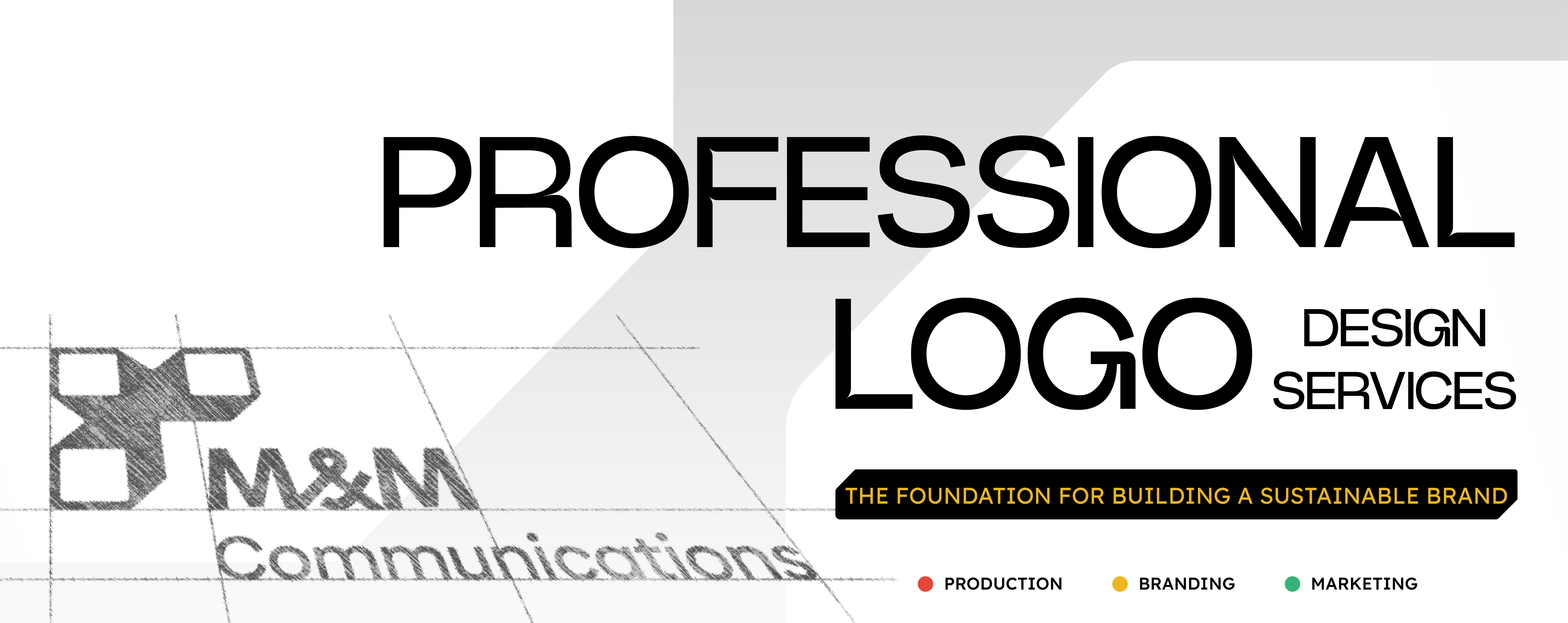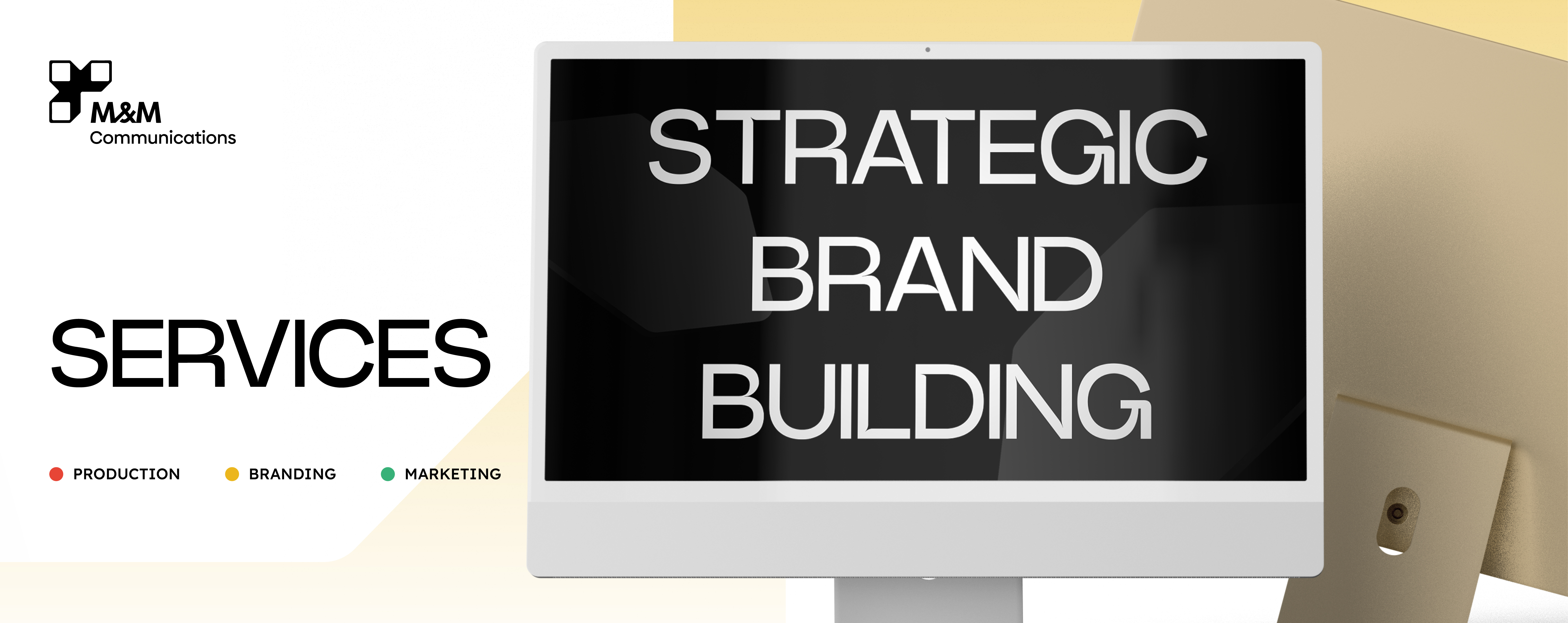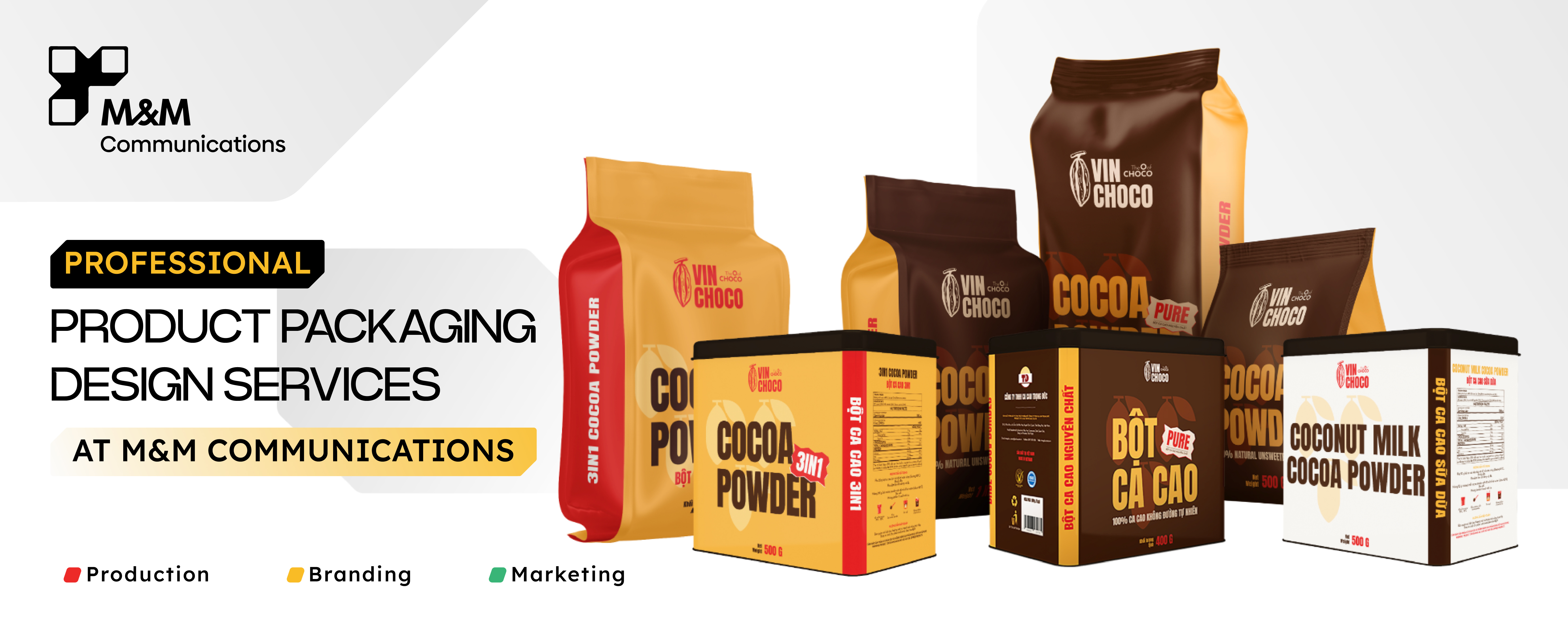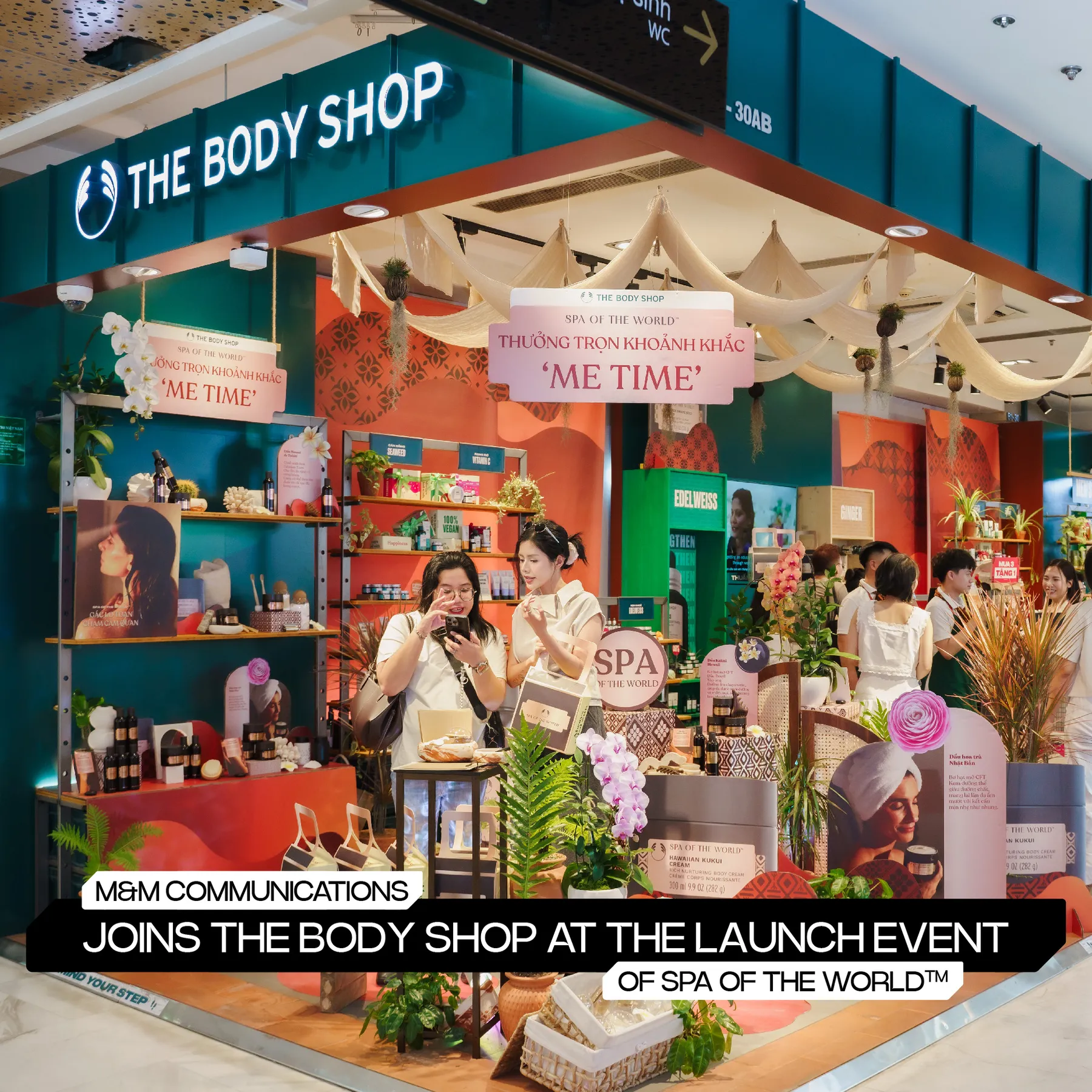
Branding 2025: From Vision to Market Leadership in Vietnam

1. The Essence of Branding: More Than Just a Logo
Branding in 2025 is the entire experience and perception customers have of your company. It's the story you tell, the values you embody, and the promise you deliver. For Vietnamese businesses aspiring to market leadership, a strong brand is not a luxury but a fundamental strategic asset that drives customer loyalty, commands premium pricing, and builds sustainable competitive advantage.
Why strategic branding is critical for market leadership in Vietnam:
- Differentiation: Stands out in a crowded marketplace.
- Customer Loyalty: Builds emotional connections that transcend transactions.
- Perceived Value: Allows for premium pricing and improved margins.
- Attracts Talent: Strong brands attract and retain top Vietnamese talent.
- Market Resilience: Helps weather economic downturns and competitive pressures.
- Foundation for Growth: Provides a solid base for expanding products, services, and into new markets.
2. Phase 1: Laying the Brand Foundations – Vision, Mission, Values
Before any visual identity is created, the strategic underpinnings of the brand must be clearly defined.
2.1. Brand Vision
What is the future your company aspires to create? Your vision statement should be inspirational and provide long-term direction. Example for a Vietnamese tech company: 'To be the leading digital transformation partner for SMEs across Southeast Asia, empowering them through innovative Vietnamese technology.'
2.2. Brand Mission
How will you achieve your vision? The mission statement defines the company's purpose, its primary objectives, and how it operates. It should be actionable and focused on the present. Example: 'To provide accessible, cutting-edge AI solutions that simplify operations and drive growth for Vietnamese businesses.'
2.3. Brand Values
What are the core principles that guide your company's behavior and decision-making? These values should be authentic and consistently reflected in all brand actions. Examples: Innovation, Customer-Centricity (phục vụ tận tâm), Integrity (chính trực), Collaboration, Community Impact (đóng góp cho cộng đồng).
2.4. Target Audience Definition (Vietnamese Context)
Deeply understanding your ideal customers in Vietnam: their demographics, psychographics, needs, aspirations, pain points, and cultural context. Create detailed buyer personas.

3. Phase 2: Competitive Analysis & Market Understanding
Understanding your position within the Vietnamese market and relative to competitors is crucial for effective brand positioning.
3.1. Identifying Competitors
- Direct Competitors: Businesses offering similar products/services to the same target audience in Vietnam.
- Indirect Competitors: Businesses offering different solutions that satisfy the same customer need.
- Emerging Competitors: New entrants or potential future threats.
3.2. Analyzing Competitor Branding
- Brand Messaging & Positioning: How do they communicate their value?
- Visual Identity: Analyze their logos, color palettes, and overall aesthetic.
- Strengths & Weaknesses: Identify what they do well and where they fall short.
- Market Share & Perception: Understand their standing with Vietnamese consumers.
3.3. Identifying Your Unique Selling Proposition (USP)
What makes your brand different and better than the competition in a way that matters to your Vietnamese target audience? This is the core of your differentiation.
4. Phase 3: Strategic Brand Positioning – Owning a Space in Minds
Brand positioning is about creating a distinct and valued place in the minds of your target customers.
4.1. Crafting Your Positioning Statement
A concise internal statement that defines: For [target audience in Vietnam], [Your Brand] is the [category/frame of reference] that provides [key benefit/point of difference] because [reason to believe/supporting evidence].
4.2. Key Positioning Strategies
- Problem/Solution Positioning: Focusing on solving a specific customer pain point.
- Value-Based Positioning: Emphasizing superior quality, service, or overall value for money.
- Competitor-Based Positioning: Defining your brand in direct relation to a competitor (e.g., 'the better alternative to X for Vietnamese users').
- Benefit-Driven Positioning: Highlighting the unique advantages and outcomes customers will experience.
- Lifestyle/Aspirational Positioning: Associating your brand with a desired lifestyle or aspiration.
4.3. Developing Your Brand Promise
The tangible or intangible benefit that customers can expect to receive every time they interact with your brand. It must be credible and consistently delivered.
5. Phase 4: Building Brand Identity & Messaging
Translating your strategy into tangible verbal and visual elements.
5.1. Brand Name and Tagline
Choosing a name that is memorable, meaningful, and available. Developing a tagline that encapsulates your brand essence. Consider Vietnamese language nuances and ease of pronunciation.
5.2. Visual Identity System (Covered in MM019)
Logo, color palette, typography, imagery style – all reflecting the brand strategy and positioning.
5.3. Brand Voice and Messaging Pillars
Defining how your brand communicates: its personality, tone (e.g., expert, friendly, innovative), and key messages that consistently reinforce your positioning. This should be adapted for effective communication in Vietnamese.

6. Phase 5: Long-Term Brand Development Roadmap & Implementation
Market leadership is built over time through consistent brand building efforts.
6.1. Brand Launch Strategy (for new brands or rebrands)
Planning how to introduce or re-introduce the brand to the Vietnamese market, including internal launch and external communications.
6.2. Integrated Brand Communications
Ensuring consistent messaging and visual identity across all marketing channels: website, social media (Facebook, Zalo, TikTok), advertising, PR, content marketing, and customer service in Vietnam.
6.3. Building Brand Experiences
Creating memorable interactions at every customer touchpoint, both online and offline, that reinforce the brand promise.
6.4. Employee Branding & Advocacy
Engaging employees to become brand ambassadors. A strong internal brand culture translates to a stronger external brand.
6.5. Monitoring Brand Perception and Health
Regularly tracking brand awareness, sentiment, customer feedback, and market position through surveys, social listening, and analytics relevant to the Vietnamese market.
6.6. Brand Evolution and Adaptation
Brands must evolve to stay relevant. Periodically review and refresh your brand strategy and identity to adapt to changing market conditions and consumer preferences in Vietnam, while staying true to your core values.
7. Measuring Brand Success and ROI
- Brand Awareness Metrics: Aided/unaided recall, website traffic, social media reach.
- Brand Engagement Metrics: Social media interactions, content shares, community participation.
- Brand Loyalty Metrics: Customer retention rate, Net Promoter Score (NPS), lifetime value.
- Market Share & Sales Growth: Direct impact on business performance.
- Brand Equity Valuation: The financial value of your brand.
8. Case Study: Guiding a Vietnamese Retailer to Market Leadership (Hypothetical)
Client: A mid-sized Vietnamese electronics retailer.
Challenge: Facing intense competition from larger chains and online marketplaces, struggling with brand differentiation.
Solution by M&M Communications: Developed a new brand strategy focusing on personalized customer service and expert advice, tailored for Vietnamese tech consumers. This included a brand refresh with a modern, trustworthy visual identity, a tagline emphasizing 'Your Trusted Tech Partner in Vietnam,' employee training on brand values, and a content marketing strategy providing helpful tech tips in Vietnamese.
Results: Increased customer loyalty and positive reviews, a clear differentiation in the market, growth in both online and offline sales, and recognition as a leading trusted local electronics advisor.
9. Common Pitfalls in Branding for the Vietnamese Market
- Lack of True Differentiation: Failing to identify a unique and compelling USP.
- Inconsistent Messaging: Different messages across different channels.
- Ignoring Cultural Nuances: Using visuals or messages that don't resonate or are misunderstood in Vietnam.
- Not Investing in Long-Term Brand Building: Focusing only on short-term sales tactics.
- Failure to Evolve: Sticking to an outdated brand image as the market changes.
10. Conclusion: From Vision to Victory – The Branding Journey
Building a brand that leads the market in Vietnam is a strategic, ongoing journey that starts with a clear vision and is executed through consistent, customer-focused actions. It requires deep market understanding, a compelling brand promise, a distinctive identity, and a commitment to delivering exceptional experiences. By investing in strategic branding, Vietnamese businesses can not only achieve market leadership but also build a legacy that endures.
M&M Communications partners with Vietnamese businesses to develop and implement powerful branding strategies that transform visions into market leadership. Contact us to embark on your brand-building journey.












